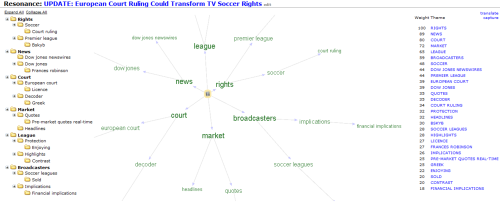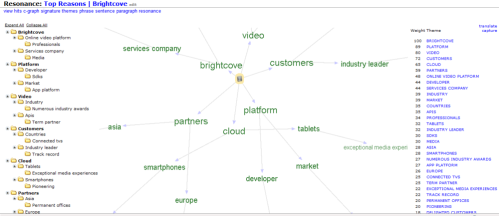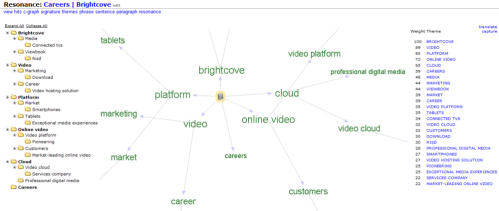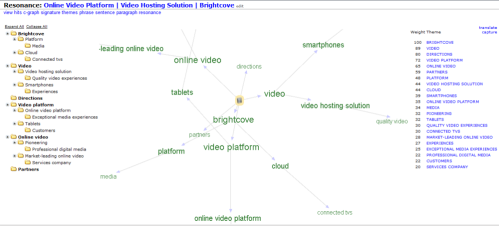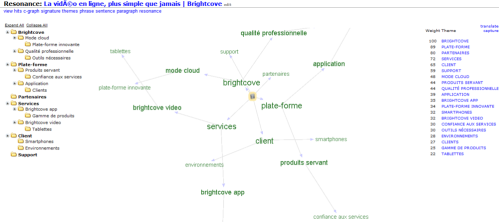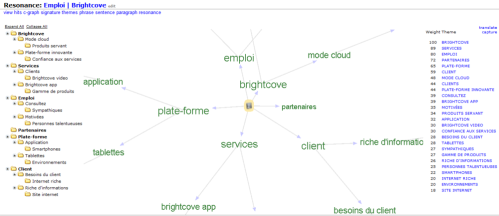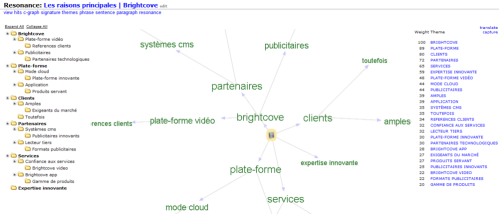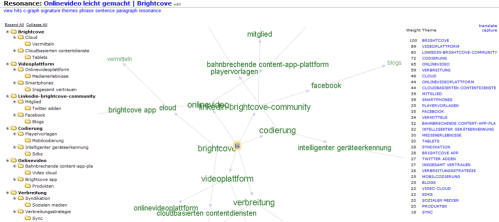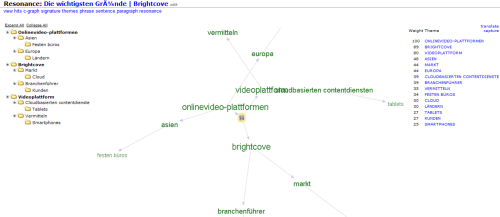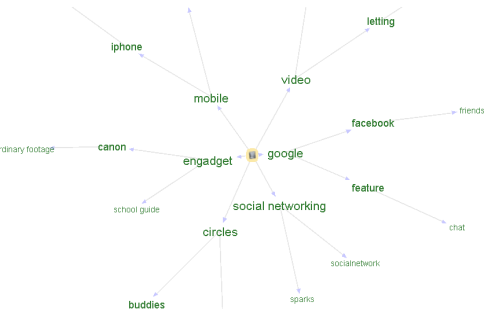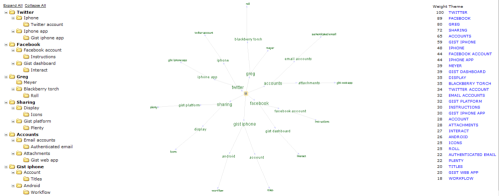MICRODATA, BIG DATA & GLOBAL BUSINESS MODELS
2011/11/19 Leave a comment
Two seemingly opposite views of data, Microdata & BIG DATA, will influence of next Global Business Models or the ‘blueprints’ used to ensure that businesses survive and thrive.
Microdata is your Business
Unless you understand how Microdata impacts your data or content and how it impacts the ability of your customers to find your content then you will pay others to manage your customer relationships. Microdata is your business!
From Wikipedia
Microdata is a WHATWG HTML specification used to nest semantics within existing content on web pages.[1] Search engines, web crawlers, and browsers can extract and process Microdata from a web page and use it to provide a richer browsing experience for users. Microdata use a supporting vocabulary to describe an item and name-value pairs to assign values to its properties.[2] Microdata helps technologies such as search engines and web crawlers better understand what information is contained in a web page, providing better search results. Microdata is an attempt to provide a simpler way of annotating HTML elements with machine readable tags than the similar approaches of using RDFa and Microformats.
Microdata vocabularies provide the semantics, or meaning of an Item. Web developers can design a custom vocabulary or use vocabularies available on the web. A collection of commonly used (and Google Supported[3]) Microdata vocabularies located at http://data-vocabulary.org which include: Person, Event, Organization, Product, Review, Review-aggregate, Breadcrumb, Offer, Offer-aggregate. Other markup vocabularies are provided by Schema.org schemas. Major search engines rely on this markup to improve search results. For some purposes, an ad-hoc vocabulary is adequate. For others, a vocabulary will need to be designed. Where possible, authors are encouraged to re-use existing vocabularies, as this makes content re-use easier.[1]
Google is Microdata
Google is one of many vendors assisting the W3C in creating Microdata standards so understanding how Microdata impacts the Google services your or your customers consume is important to your business.
TWITTER leads MICRODATA INNOVATION
Twitter trumps SEO in web pages because of its use of natural resonance. Resonance is a simple concept and related to your business it means that people that find your stories useful will repeat them, if they don’t your stories die. The same thing happens in Twitter where Tweets that don’t matter to people die and people that repeat useless stories (aka spam) are easy to see–not so with SEO where out of data stories often confuse people and search engine spiders.
Microdata is a new standard that makes it very difficult for spammers to go back to old stories and is a ‘re-set’ for advertisers who want to avoid spammers that exploit Google, Amazon or APPS to take money away from your business.
How SEO spam affects business and the positive impact of Twitter Resonance
Twitter’s use of resonance inspired the creation of our SpeedSynch resonance maps and a short article on Resonance, email and SEO.
The SpeedSynch resonance map below was created from the W3C paper which focuses on Microdata standards.
The resonance maps shows that the focus of the paper is ‘how’ Microdata is done rather than ‘why’ or impact of ROI return on investment–who pays, who benefits.
Note the editor is a Google employee.
OPPORTUNITIES in BIG DATA & MICRODATA
Profit in business directly corresponds to the alignment of products and customers which is done via content or data. The faster your business can tune the alignment of products, content and customers, the better your relationships and profits.
More data or BIG DATA may help you but unless you understand how and why Microdata will impact your future business models then any BIG DATA or HPC investments may not achieve the ROI your expect.
Ask us about the relationships of BIG DATA, Microdata, Business Models, Product Launches and ROI.
Cheers,
Nick Trendov nick@scenario2.com @SpeedSynch @Scenario_2

